Retro Replay Review
Gameplay
The Great Battles of Hannibal translates the classic hex-based board wargame experience onto your computer screen with remarkable fidelity. Players assume command of the Carthaginian army under Hannibal’s leadership and face the legions of Rome across eleven meticulously designed battles. Each turn is divided by general activation, and the strategic layer revolves around assigning orders to your generals based on their experience level. The interface clearly displays available command points, movement costs, and combat odds, allowing both newcomers and seasoned grognards to plan multi-step maneuvers.
Unit composition and positioning are central to victory. Infantry, cavalry, and war elephants each have defined strengths and vulnerabilities, and terrain hexes—rivers, hills, forests—play a decisive role. For instance, at Lake Trasimene and Cannae, the game accurately depicts how Hannibal leveraged ambush tactics and terrain to outflank and rout superior Roman forces. The rout point system propels players to consider not only outright annihilation of enemy units, but also morale and cohesion: forcing a unit to flee can be as satisfying as destroying it outright.
Campaign mode stitches together the historical sequence of engagements, from Bagradas through Magnesia, so that choices in early battles carry over in the form of veteran general levels and army morale. This persistent layer adds weight to each decision, creating a sense of continuity and stakes. While the AI makes competent decisions—especially when reinforcing flanks or consolidating defenses—it sometimes falters in exploiting breakthrough opportunities. Nevertheless, multiplayer via hotseat or PBEM keeps the competition fierce and unpredictable.
Graphics
Graphically, The Great Battles of Hannibal adopts a functional, map-centric style reminiscent of traditional board wargames. Unit counters are represented by detailed icons indicating unit type and strength, while terrain hexes are color-coded for quick recognition. Although the visuals may feel dated compared to modern 3D battlefields, their clarity serves the strategic gameplay perfectly—nothing is lost in translation from the tabletop to the screen.
Zoom levels allow you to inspect individual hexes or view the entire theater of war, and subtle animations—troop movements, combat flashes, and rout markers—imbue the static map with a sense of activity. The color palette favors earthy greens, browns, and blues, evoking the Mediterranean theaters of the Second Punic War. Units overlay neatly on the grid without cluttering the view, and custom scenarios can be created with the built-in editor, using the same visual assets as the core game.
Sound design is understated yet effective: sparse drum rolls and isolated horn blasts signal the start of key phases, while subdued music sets a contemplative mood. The absence of bombastic effects actually reinforces the feeling of poring over a grand board wargame—each decision is meant to be pondered, not rushed. For players who value substance over spectacle, the graphics and audio combine to create a focused, disciplined atmosphere.
Story
Rather than presenting a cinematic narrative, The Great Battles of Hannibal immerses players in the unfolding history of Carthage’s greatest campaign. Briefing screens before each battle provide historical context: troop numbers, strategic objectives, and terrain conditions. The description for Cannae, for example, underscores why this encounter remains one of antiquity’s most studied military masterpieces. These narrative snippets anchor the action in real events and help players appreciate the stakes behind each hexagonal confrontation.
Campaign progression mimics the ebb and flow of Hannibal’s daring incursions into Italy. Early victories bolster Carthaginian morale and unlock veteran general promotions, while setbacks force players to rethink supply lines and alliances. Although there are no dialogue sequences or character portraits, the overarching story emerges through the campaign log, casualty reports, and the evolving performance of your army. It’s a narrative driven by outcomes rather than cutscenes, rewarding those who relish reconstructing history through their tactical acumen.
The inclusion of lesser-known battles like Baecula and Ilipa sheds light on Hannibal’s strategic adaptability outside Italy. Players gain a sense of the broader Second Punic War theater, from North Africa to Iberia, before culminating in Zama and the eventual clash at Magnesia. This geographical sweep enriches the story, demonstrating how leadership, supply, and battlefield ingenuity intertwined across different regions.
Overall Experience
The Great Battles of Hannibal stands as a testament to faithful adaptation of complex board wargames into digital form. Its learning curve is steep—managing general activations, terrain effects, and rout point calculations requires patience and study—but the reward is a deeply strategic experience that few modern titles attempt. Players who appreciate historical accuracy and turn-based depth will find hours of replay value in both the campaign and standalone scenarios.
While the presentation may not dazzle those seeking flashy real-time battles or high-octane visuals, the focus on clarity, reliability, and historical detail makes this game a compelling choice for dedicated strategy enthusiasts. The AI’s occasional hesitation only underscores the appeal of challenging a human opponent, making PBEM and hotseat matches particularly engaging. Custom scenario creation extends longevity further, inviting players to reimagine other engagements of the Punic Wars or craft their own “what-if” confrontations.
Ultimately, if you’ve longed for a computerized simulation of Hannibal’s greatest victories—and defeats—The Great Battles of Hannibal delivers a rich, intellectually satisfying journey. Its blend of campaign continuity, rigorous tactical depth, and period atmosphere makes it a standout for fans of operational-level wargames. Gather your legions, plot your maneuvers, and prepare to reenact one of history’s most legendary rivalries.
 Retro Replay Retro Replay gaming reviews, news, emulation, geek stuff and more!
Retro Replay Retro Replay gaming reviews, news, emulation, geek stuff and more!
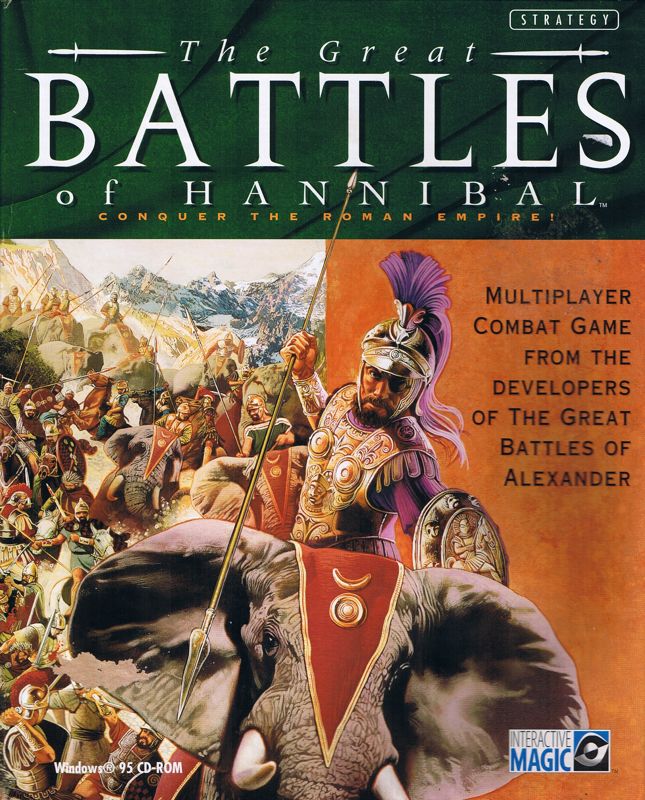
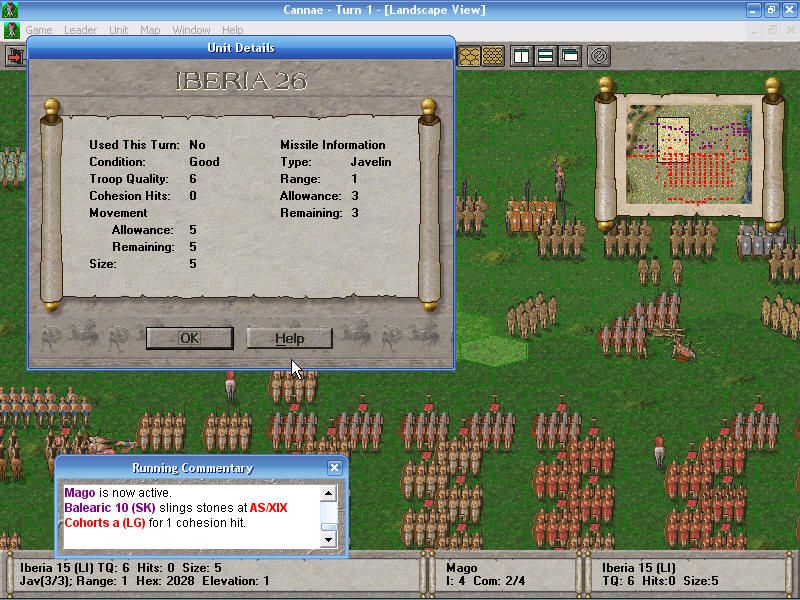
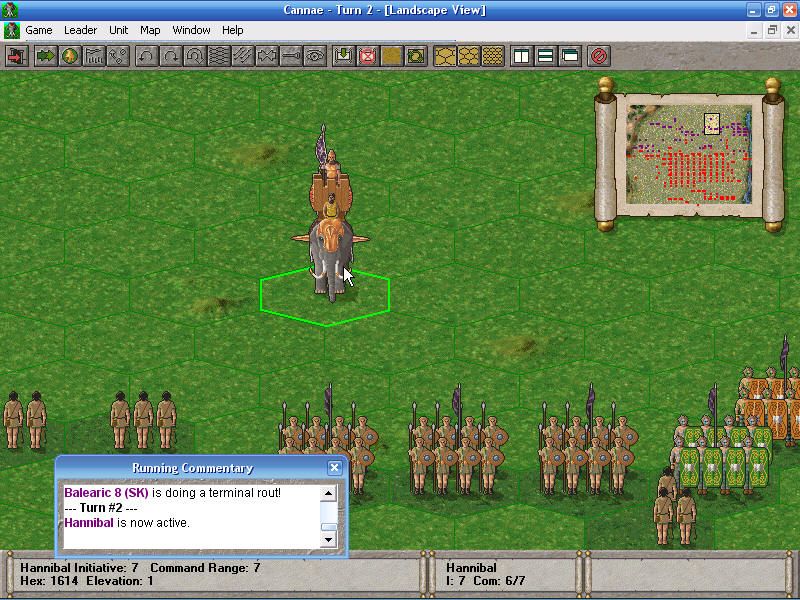
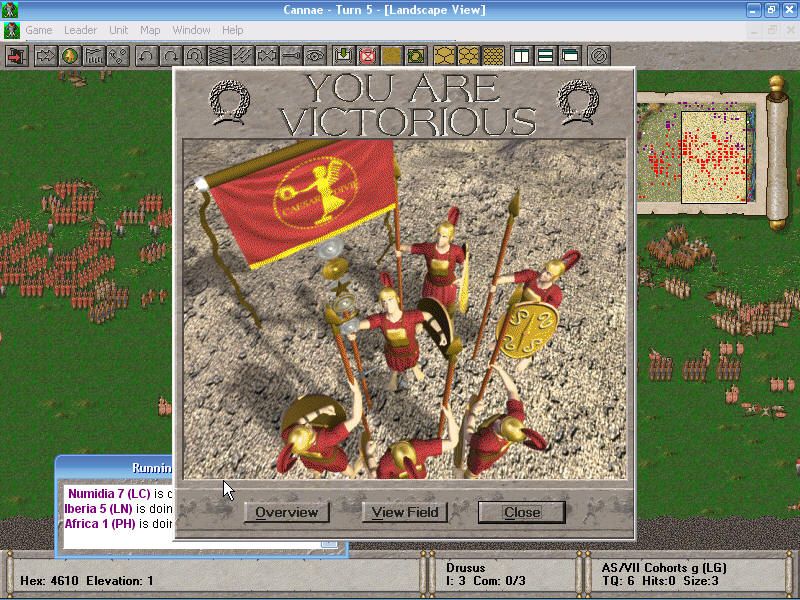
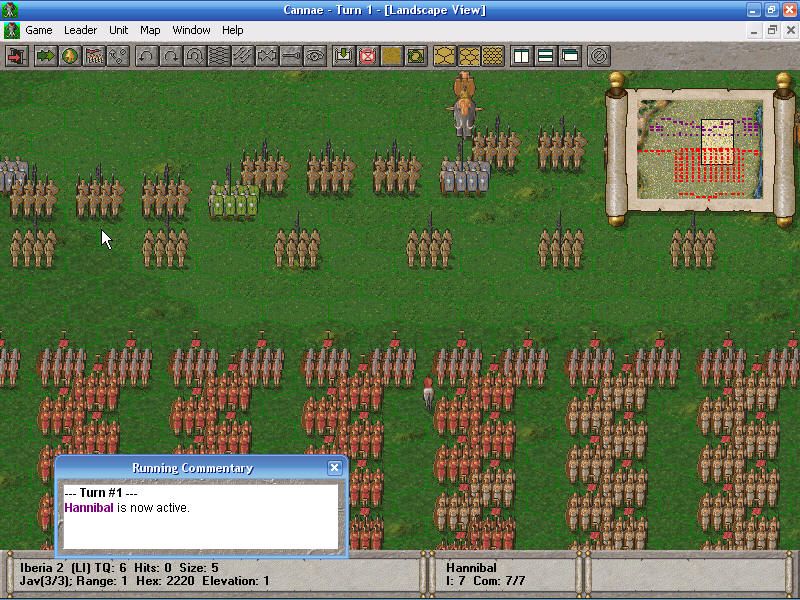
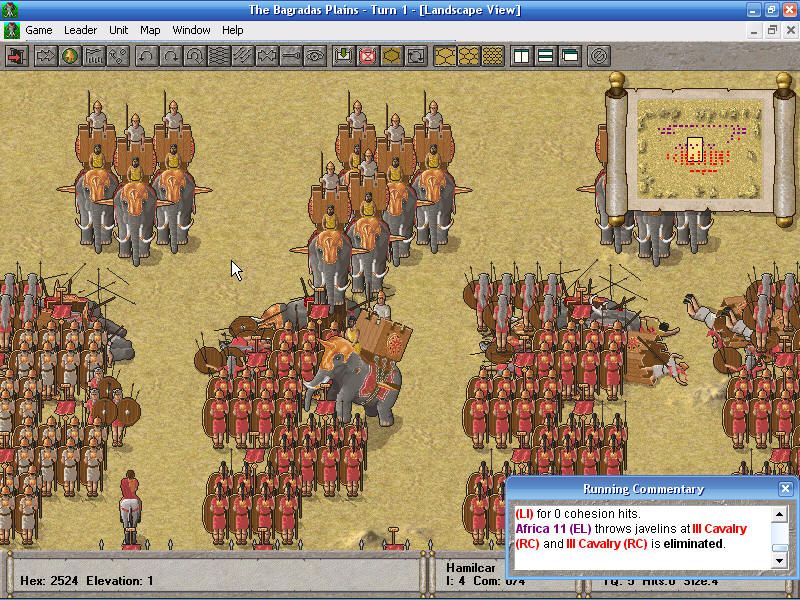



Reviews
There are no reviews yet.